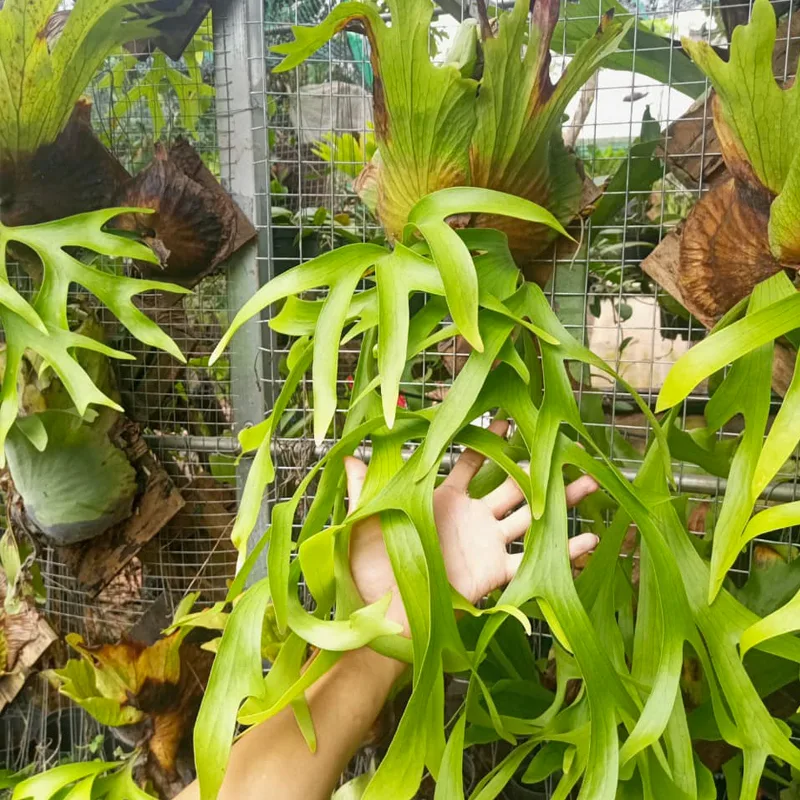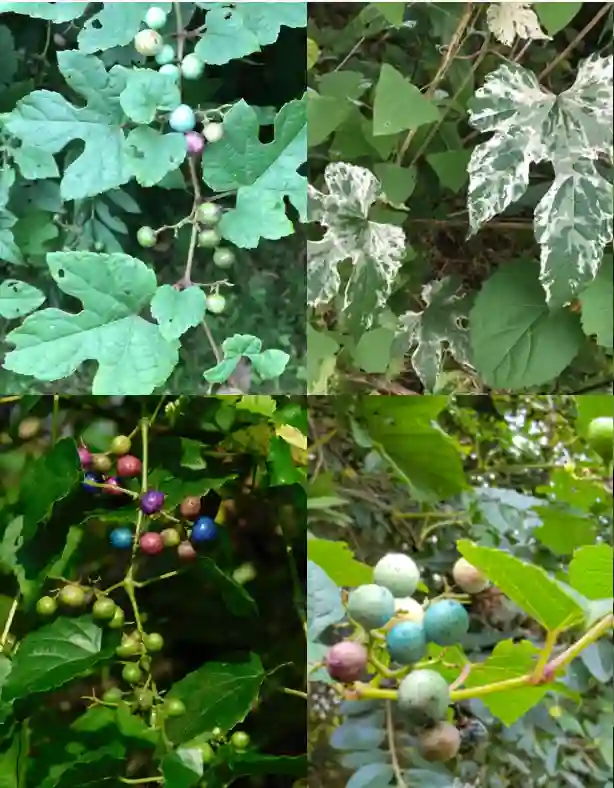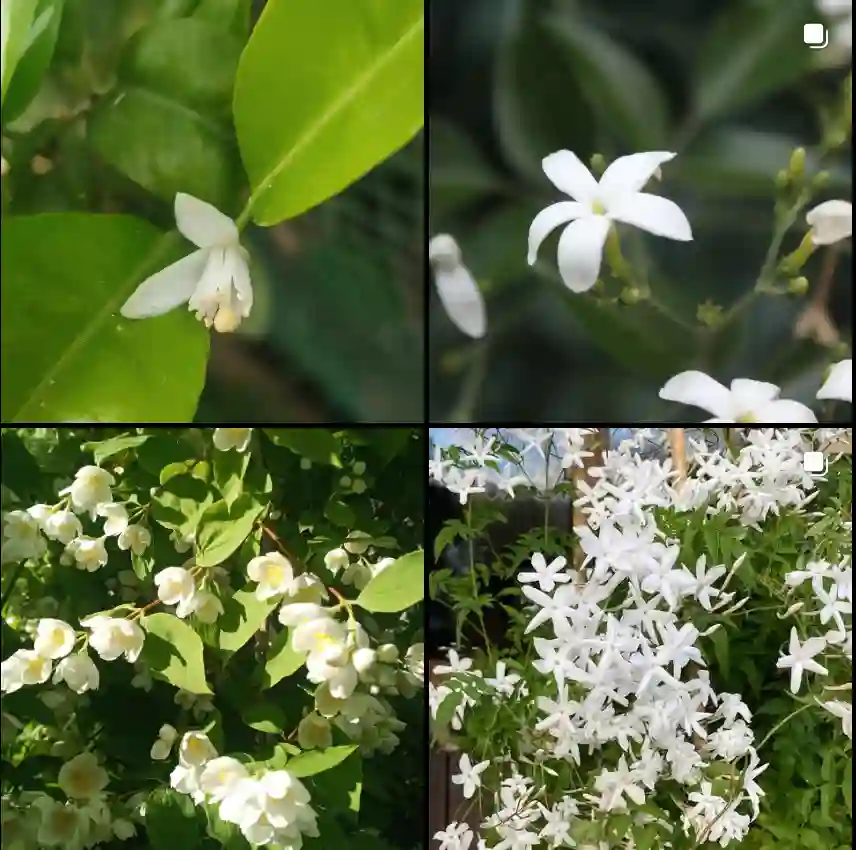All About Lilium Parryi: A Fragile Beauty of the Mountains
Hi, I’m Ferb Vu, and I’m fascinated by the natural world, especially rare and captivating plants. Today, we’re diving into the world of Lilium parryi, also known as the Lemon Lily.
This stunning lily isn’t your average garden variety. It’s a rare gem native to the mountainous regions of the southwestern United States and northwestern Mexico.
What Does Lilium Parryi Look Like?
Imagine a majestic stalk reaching up to two meters tall, gracefully adorned with whorls of linear leaves. From this verdant tower emerges the star of the show: the Lilium parryi flower. Its petals, typically a vibrant orange or yellow, unfurl into a trumpet shape, releasing a delicate lemon scent – hence the name “Lemon Lily.”
Where Does Lilium Parryi Grow?
Lilium parryi thrives in the cool, moist embrace of mountain habitats. In California, you might find it nestled amongst the pines of the San Bernardino and San Gabriel Mountains, or clinging on near Palomar Mountain. Its Mexican cousins grace the mountains of Sonora and Baja California.
Sadly, due to habitat loss and other threats, Lilium parryi is a rare sight. It’s classified as a California Rare Plant Rank 1B.2, signifying its threatened status within the state and beyond.
How Do You Care for Lilium Parryi?
If you’re fortunate enough to encounter a Lilium parryi in its natural habitat, the best course of action is to admire it from afar. Remember, it’s a rare and protected species. However, if you’re curious about cultivating it in your own garden, there are some things to keep in mind.
Since it thrives in cool, moist environments, replicating its mountain habitat is key. Look for a well-drained spot with partial shade, mimicking the dappled sunlight it receives beneath the forest canopy.
Planting from bulbs is ideal. Ensure the soil is loose and rich in organic matter, and water regularly during the growing season, especially during dry spells. However, be mindful of overwatering, as Lilium parryi is susceptible to root rot.
As with any rare plant, it’s crucial to obtain Lilium parryi from reputable sources that cultivate them responsibly, ensuring they’re not taken from the wild.
Is Lilium Parryi Fragrant?
Absolutely! The trumpet-shaped flowers of Lilium parryi release a delightful lemon scent, a sweet fragrance that adds to its allure.
What are the Conservation Efforts for Lilium Parryi?
Due to its rarity, conservation efforts are crucial for the survival of Lilium parryi. Here are some ways we can help:
- Habitat Protection: Preserving the mountain ecosystems where Lilium parryi thrives is vital. This can involve supporting organizations dedicated to land conservation and advocating for responsible land management practices.
- Education and Awareness: Spreading awareness about Lilium parryi and its threatened status can encourage responsible interactions and inspire efforts towards its protection.
- Responsible Cultivation: Supporting nurseries that cultivate Lilium parryi through responsible methods can help reduce pressure on wild populations.
By working together, we can ensure that this magnificent lily continues to grace the mountain slopes for generations to come.
Conclusion: The Fragile Beauty of Lilium Parryi
Lilium parryi is a captivating example of the delicate beauty that thrives in our mountain ecosystems. Its rarity underscores the importance of conservation efforts. By appreciating it from a distance, supporting its protection, and cultivating it responsibly, we can ensure that this fragrant flower continues to grace the mountain slopes for years to come.
If i die, water my plants!



